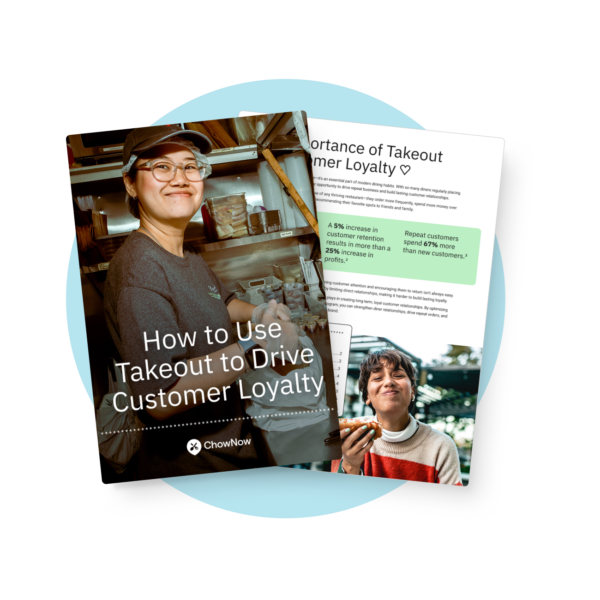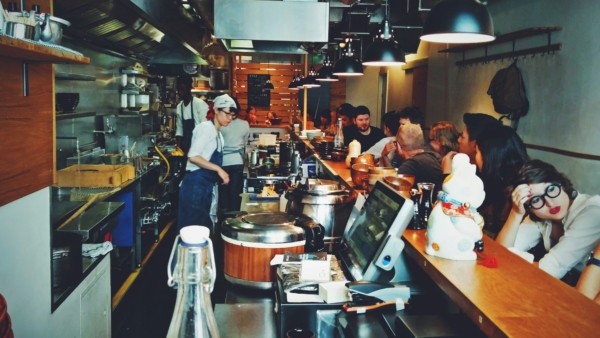How to Build and Hire the Right Team for Your Restaurant

Hiring the right team is one of the most critical decisions you’ll make as a restaurant owner. Your staff not only affects the day-to-day operations but also plays a major role in the customer experience and long-term success of your restaurant.
In this post, we’ll explore why being thoughtful about your team structure matters and how you can set up your restaurant for success with the right hiring and staffing strategies.
Why It’s Important to Hire the Right Staff for Your Restaurant
Enhances Operational Efficiency
A well-organized team ensures that all roles and responsibilities are clearly defined, reducing the risk of task overlap or gaps. When every member knows their role, things run smoother. For example, if your line cooks know exactly who is responsible for prepping ingredients and who is managing the grill, you eliminate confusion and improve kitchen efficiency.
Improves Customer Experience
A cohesive team can deliver consistent, high-quality service, which translates into happy customers. A restaurant with clear roles—from hosts to servers to kitchen staff—runs like a well-oiled machine. This means shorter wait times, fewer mistakes, and a more enjoyable dining experience, all of which increase customer satisfaction and loyalty.
Supports Employee Retention
Clearly defined roles lead to higher job satisfaction. Employees who know what’s expected of them and have the tools to succeed are more likely to stay with you. This reduces the high costs associated with turnover, such as hiring and training new staff. For example, a server who knows they have opportunities for promotion to FOH manager is more likely to remain motivated and loyal.
Facilitates Growth and Scalability
A structured team can better adapt to changes and growth. When you’re ready to expand your restaurant or open additional locations, having well-defined roles and responsibilities makes it easier to replicate success and onboard new staff efficiently.
Recommended Staff Structure for Different Restaurant Types
Each type of restaurant has its own unique team needs. Here’s a recommended structure for three common types of restaurants.
Quick Service Restaurants (QSR)
Team Structure:
- Manager
- Assistant Manager
- Line Cooks
- Cashiers
- Maintenance Staff
Key Roles and Responsibilities: The manager and assistant manager are responsible for overseeing daily operations, ensuring that service is quick and efficient. Line cooks work in a fast-paced kitchen environment, while cashiers handle customer transactions. Maintenance staff keeps the restaurant clean and in working order.
Casual Dining Restaurants
Team Structure:
- General Manager
- Kitchen Manager
- Front of House (FOH) Manager
- Line Cooks
- Servers
- Bartenders
- Hosts/Hostesses
- Dishwashers
Key Roles and Responsibilities: The general manager oversees the restaurant’s overall performance, while the kitchen and FOH managers handle specific areas like food preparation and customer service. Servers and bartenders ensure customers have a great experience, while dishwashers and hosts keep things running smoothly.
Fine Dining Restaurants
Team Structure:
- General Manager
- Executive Chef
- Sous Chef
- Sommelier
- FOH Manager
- Line Cooks
- Pastry Chefs
- Servers
- Bartenders
- Hosts/Hostesses
- Dishwashers
Key Roles and Responsibilities: Fine dining requires more specialized roles. The executive chef leads the kitchen, with sous chefs managing different sections. Sommeliers offer expert wine recommendations, while pastry chefs handle the dessert menu. With high expectations for service, the FOH manager coordinates closely with servers and bartenders to deliver an exceptional dining experience.
Check out this article for more details on roles and responsibilities of key restaurant staff.
Best Practices for Recruiting and Hiring Management and Support Staff
Defining Job Roles and Expectations
Start with clear, detailed job descriptions. For each position, outline the specific responsibilities, required skills, and expectations. For example, when hiring a sous chef, describe the cooking skills, leadership experience, and knowledge of kitchen operations that are essential for the role.
Determining the size of your team
To determine the optimal size of your team, especially support staff like cashiers and servers, analyze peak hours and customer traffic patterns to
ensure you have enough employees during busy times without overstaffing during slower periods. Use sales volume and customer transaction data to gauge how many orders each staff member can handle per hour, allowing you to align staffing levels with actual demand.
Sourcing Candidates
Utilize multiple recruitment channels. Job boards, social media, industry networks, and employee referrals are great ways to find qualified candidates. You can also partner with culinary schools and hospitality programs to connect with up-and-coming talent.
Interview Process
Conduct structured interviews with standardized questions to ensure consistency. For key positions, such as chefs, consider practical assessments. For instance, have a chef candidate prepare a dish under time constraints to assess both technical skills and composure. Don’t forget to evaluate cultural fit and teamwork abilities—both are essential in a high-pressure environment like a restaurant.
Onboarding and Training
Develop a comprehensive onboarding program that covers both the technical and cultural aspects of working in your restaurant. Provide ongoing training to keep skills sharp and ensure your staff is well-prepared to handle new challenges.
Retention Strategies
Retention starts with competitive compensation and benefits, but it goes beyond that. Foster a positive work environment where employees feel valued. Regularly provide opportunities for career advancement and professional development to keep your team engaged. A happy, motivated staff is the key to a successful restaurant.
Hiring the right staff and structuring your team thoughtfully are critical to the long-term success of your restaurant. By clearly defining roles, recruiting effectively, and investing in your staff’s development, you create a positive work environment that supports both employee retention and restaurant growth. Take the time to build a strong, well-structured team, and you’ll see the benefits in your restaurant’s operations, customer satisfaction, and bottom line.






